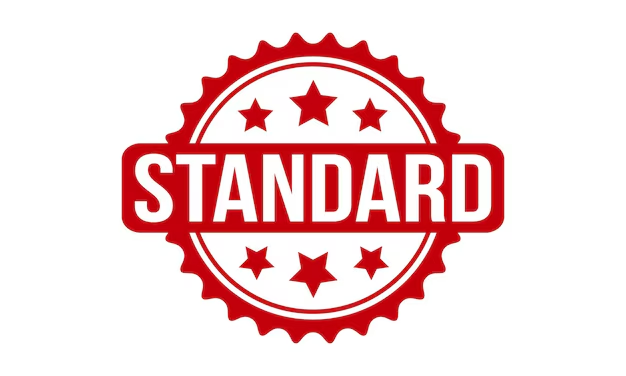
Standard Thickness of FRP Grating Outer Layer
To help you better understand the standard thickness of FRP grating outer layer and make an informed choice, we have compiled the following information.
I. Commonly Used Thickness Standards
The thickness standards for FRP gratings can vary between different countries. Here’s a summary of the most commonly used standards:
1. China: According to the national standard GB50251-2005 “Technical Code for Lightning Protection of Industrial and Commercial Buildings,” the recommended thickness for FRP grating is between 25mm and 50mm. This is the most widely adopted standard in China.
2. United States: The ANSI standard specifies that the thickness should be between 38mm and 64mm.
3. Europe: European standards recommend a thickness range of 25mm to 30mm.
II. How to Choose the Right Thickness
Selecting the appropriate thickness for your project involves considering several factors to ensure optimal performance and safety. Here are some key considerations:
1. Load-Bearing Requirements: If your application requires high load-bearing capacity, opt for a thicker FRP grating to ensure durability and safety.
2. Usage Environment: For harsh environments with extreme temperatures or corrosive conditions, choose FRP gratings with enhanced corrosion resistance and heat tolerance.
3. Economic Considerations: Thicker gratings generally come at a higher cost. Balance the thickness with your budget to achieve the best value for your project.
4. Legal and Regulatory Requirements: Different regions have varying regulations. Always check local laws and guidelines to ensure compliance.
III. Usage Precautions
To ensure the safe and long-lasting use of your FRP grating, please follow these important precautions:
1. Safety First: Pay attention to safety during installation and use to prevent accidents such as slipping or falling.
2. Regular Maintenance: Perform routine inspections and maintenance to extend the service life of the grating.
3. Environmental Responsibility: When disposing of old FRP gratings, follow proper environmental protocols to minimize any negative impact on the environment.
We hope this guide helps you make the best decision for your project. If you have any further questions or need assistance, feel free to contact us. We are here to support you every step of the way!
 Hengshui Hongwo Technology Co., Ltd.
Hengshui Hongwo Technology Co., Ltd.
WeChat
Scan the QR Code with WeChat